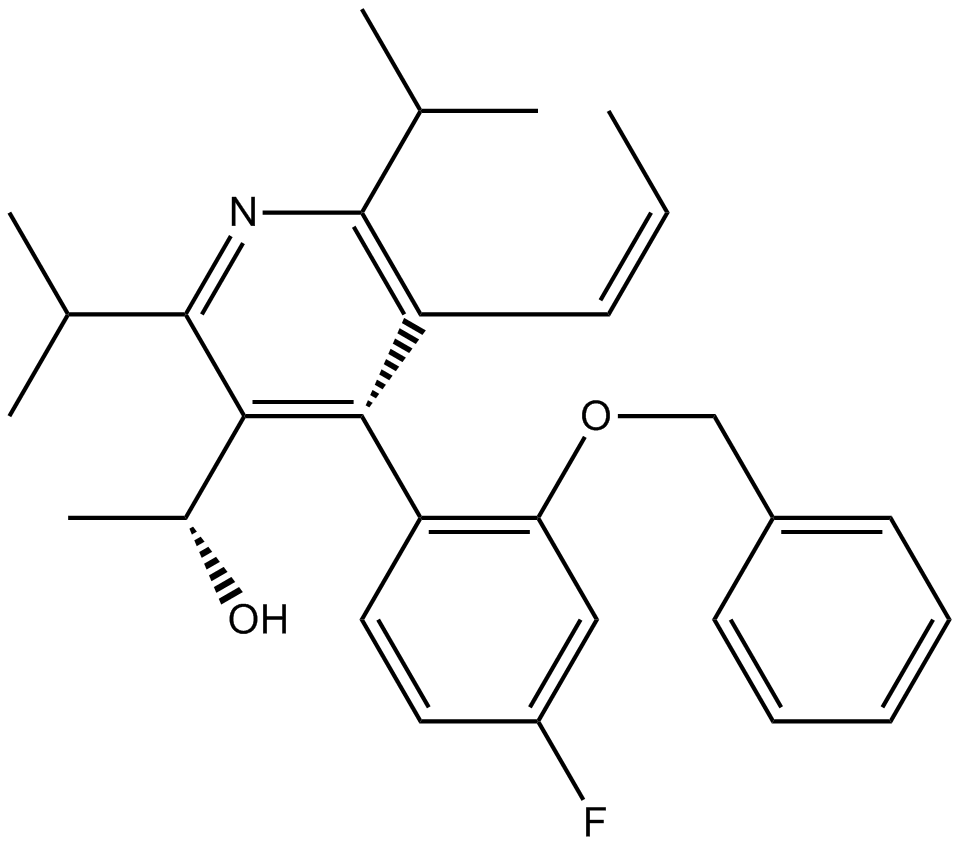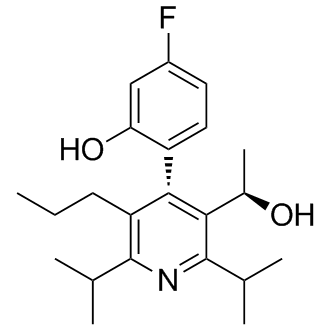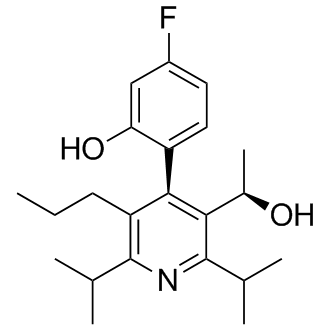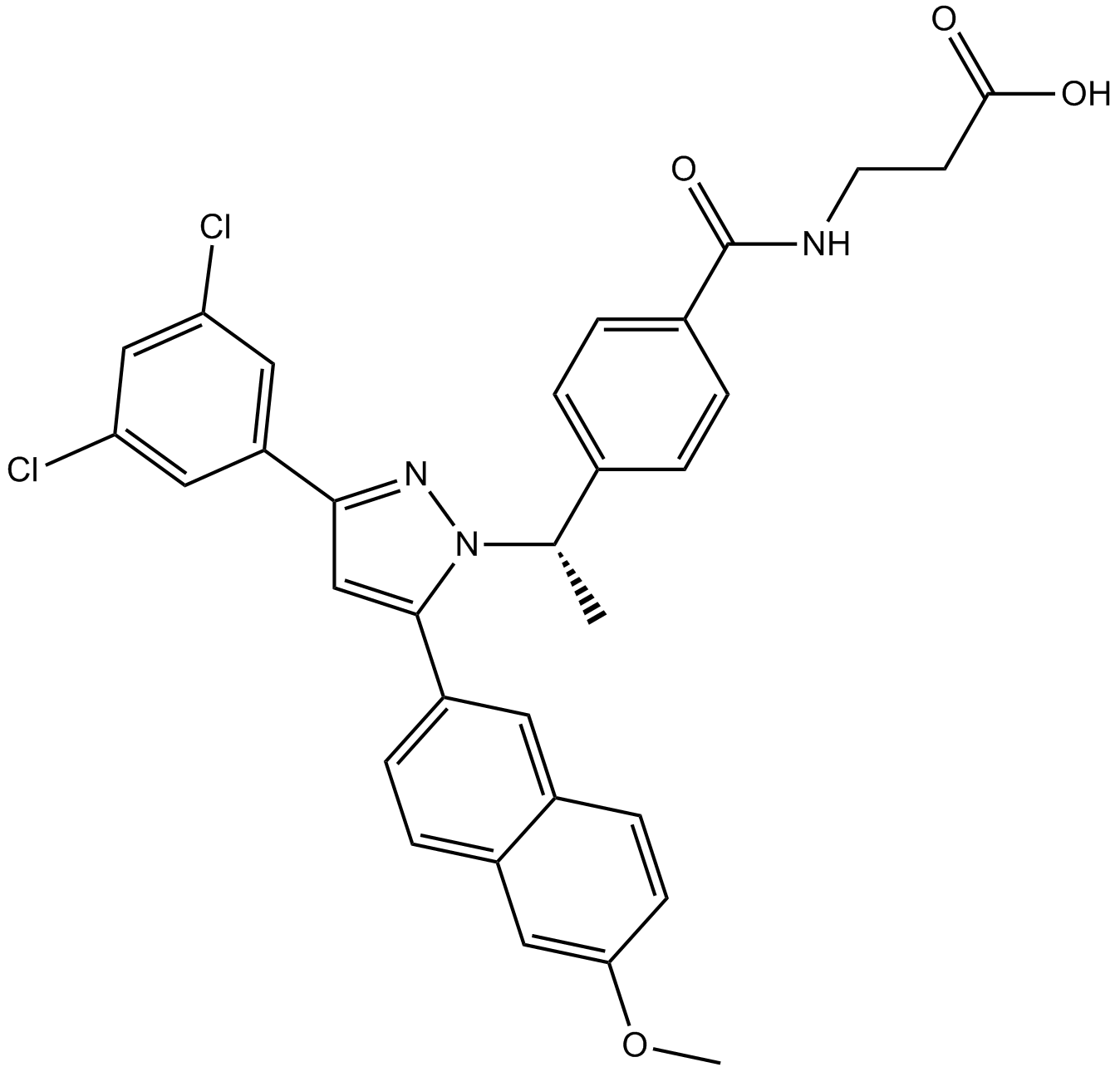GPCR/G protein

All GPCRs share a common seven trans-membrane structure. GPCRs are associated with heterotrimeric G-proteins which are GTP-binding proteins made of alpha, beta, and gamma subunits. When a ligand binds to GPCR, it activates the attached G-protein, the GDP is replaced with GTP. The activated G-protein then dissociates into an alpha and a beta-gamma complex which activates downstream signaling pathways. These intracellular signaling pathways include cAMP/PKA, calcium/NFAT, phospholipase C, protein tyrosine kinases, MAP kinases, PI-3-kinase, nitric oxide/cGMP, Rho, and JAK/STAT.
GPCRs are one of the most important therapeutic targets for various diseases, over 30% of all modern medicinal drugs target this family. Aberrant GPCR functions are involved in pathological conditions such as neurological, immunological and hormonal disorders. A large number of GPCRs have been identified, but whose ligands are not known, are classified as orphan receptors.
-
 A3435 glucagon receptor antagonists 1Summary: Glucagon receptor antagonist,highly potent
A3435 glucagon receptor antagonists 1Summary: Glucagon receptor antagonist,highly potent -
 A3436 glucagon receptor antagonists 2Summary: Glucagon receptor antagonist,highly potent
A3436 glucagon receptor antagonists 2Summary: Glucagon receptor antagonist,highly potent -
 A3437 glucagon receptor antagonists 3Summary: Glucagon receptor antagonist
A3437 glucagon receptor antagonists 3Summary: Glucagon receptor antagonist -
 A3608 MK 0893Target: Insulin and Insulin-like Receptors|Glucagon ReceptorsSummary: Glucagon receptor/IGF-1R antagonist
A3608 MK 0893Target: Insulin and Insulin-like Receptors|Glucagon ReceptorsSummary: Glucagon receptor/IGF-1R antagonist

